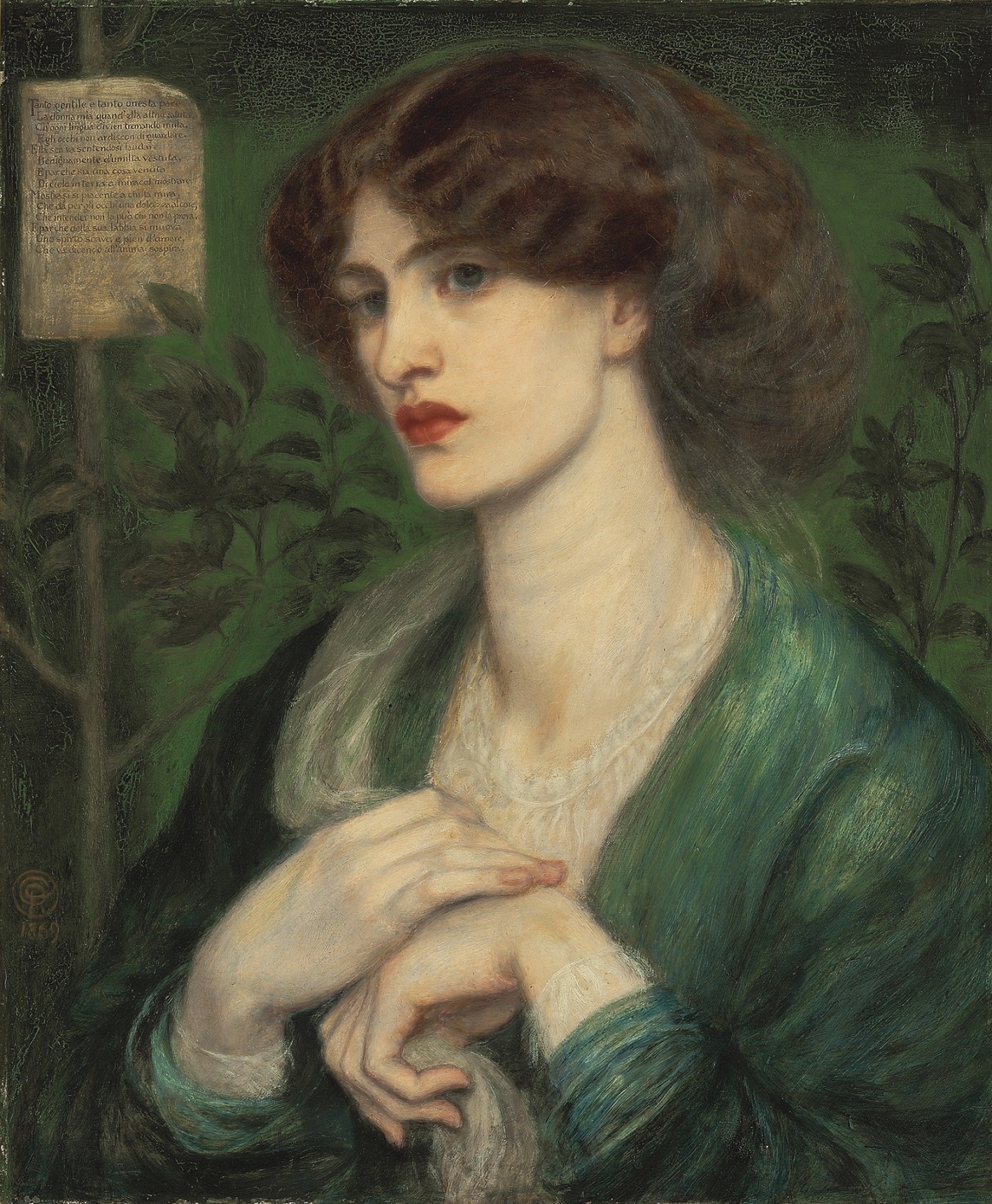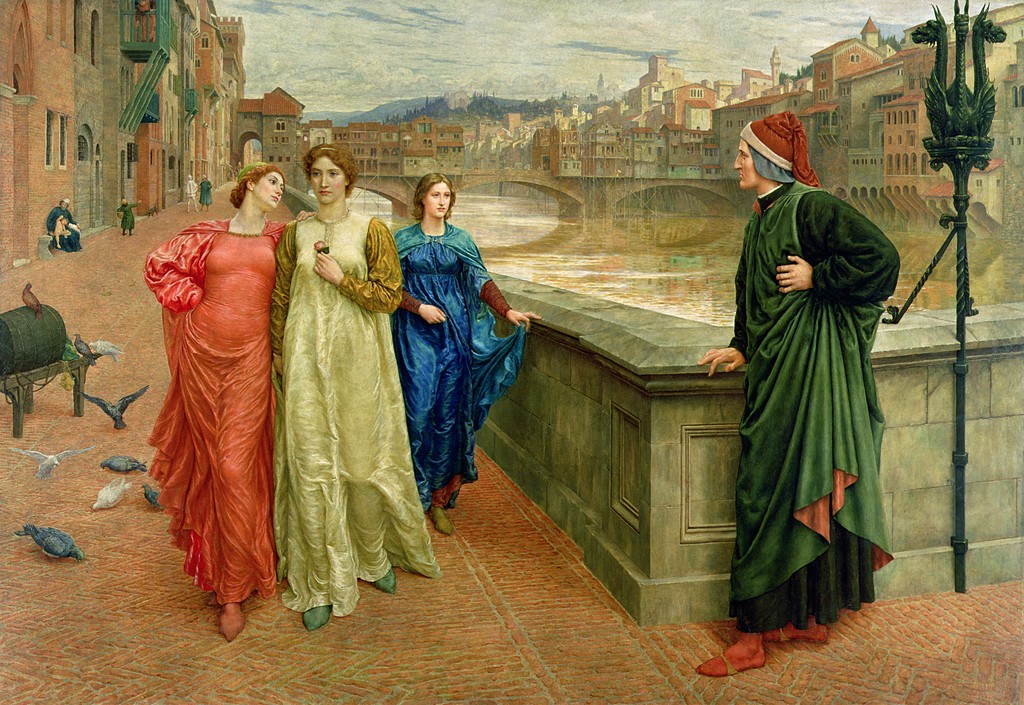
Hundreds of years after her death, Beatrice Portinari may not be a familiar figure to those who do not know her history. However, you are likely familiar with her admirer, Dante Alighieri. Dante’s Divine Comedy remains as remarkable as it had been centuries ago, and his love for Beatrice has been seen in each line that he dedicated to her. Their story is as fascinating as it is transcendent.
DAnte I & Beatrice
Dante met Beatrice at a May day celebration when they were 9 years old and fell instantly in love with her. Despite his admiration, they would not meet again for some years. They married other people and lived in different circles. In fact, they had only ever met twice before her death in 1290. She was only 24 years old. Other than these facts, there is very little known about her outside of Dante’s work. We know she was the daughter of a noble and married into a banking family. Beyond that, there is only Dante’s love.
Yet there may be some confusion. How did he love her if he only met her one or two times? Well, Dante’s love was no ordinary infatuation. It was a kind of “courtly love”. Courtly love has been described as a noble brand of adoration, one that praises and idolizes gentile women. It was used primarily in poetry and prose. In a way, it was a literary device. A woman deserving of idolization could inspire grand, romantic poetry.

Beatrice in dante’s work
Beatrice served as Dante’s muse in many of his works. His first was a series of courtly love poems. They were combined into the Vita Nuova collection. In it, Dante switched between writing prose about his current life and poems about his love for Beatrice. They were like a journal encapsulating his creative writing journey. He wrote them over a span of ten years, from 1283 to 1293.
When Beatrice died, they changed to poems about his grief. In the end, he vowed to never write of her again until he could do so in a way “ which has never been written of any woman.” He held on to that promise until his most noteworthy piece, the previously mentioned Divine Comedy.
The Divine Comedy follows Dante as he travels through three different areas of the afterlife, Hell, Purgatory, and Paradise/Heaven. He is accompanied by several guides as he makes his journey to ascension. Beatrice is his guide through the first section of Paradise. Yet, his love for her is woven throughout the whole piece.
She is written quite differently from her appearances in Vita Nuova. She has a dynamic, more rounded personality. She is strong-willed but patient, kind but firm. Far removed from the simply lovely beauty in his early poetry, she is a radiant deity. Her guidance helps Dante grow as a character.
Perhaps, that is truly how Dante saw her in real life. His love was certainly doting and platonic, but it may have also been a spiritual connection. At the time, Dante had been exiled from Florence. He spent nearly 20 years moving from one place or another, avoiding the death sentence back home.
His mortality was likely on his mind for many of those years. Beatrice was an anchor of pure love. Luckily, he was able to succeed in writing an extraordinary woman before his death, one that had a profound influence on literature and culture.
The Divine Comedy has solidified itself in Italian and global culture. It has inspired poetry, art, film, and more from all over the world. Similarly, Dante and Beatrice have been reimagined time and time again.
From Henry Holiday’s 1883 Dante and Beatrice to Beatrice from the American cartoon series, Over the Garden Wall (2014), their memory lives on. So, while we may not know much about who she was in reality, her influence shall transcend time.
If you would like to know more about Dante and his impact on Florentine culture, check out one of our walking tours. We take you through his home in Florence and the church, Santa Margherita de’ Cerchi, where he and Beatrice were buried.

Recent Comments